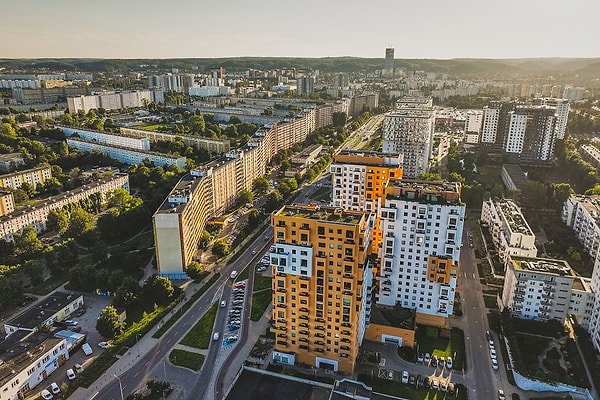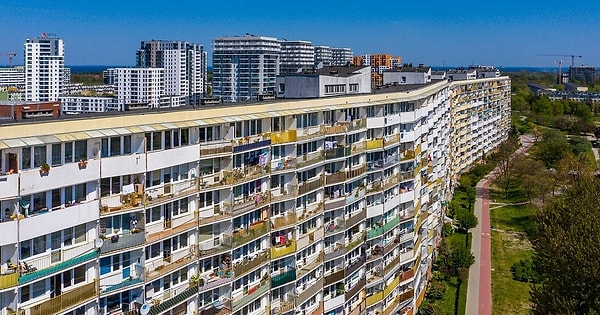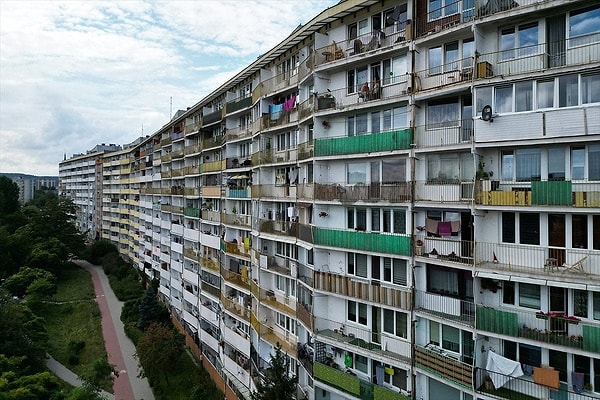Meet Europe's Massive Apartment Block: Home to 6,000 Neighbors
Imagine having 6,000 neighbors—sounds impossible, right? Not if you lived in Poland's iconic 'Falowiec' apartment building. Constructed in the 1970s, this colossal block is one of Europe's largest residential structures. Let’s dive into the fascinating details of this architectural marvel.
This building, which looks like something straight out of a science fiction movie, is located in Poland.

However, it wasn’t built for a film. Constructed in the 1970s, the 'Falowiec' apartment block is known as the second-largest residential building in Europe.
This apartment block is 800 meters long and is divided into four different sections.

In such a massive building, finding where you live can be a big challenge, of course. Fortunately, a solution was found, and the block was divided into four different parts.
Each section of this 11-story building contains 110 apartments.

In total, there are 1,792 apartments! It’s estimated that about 6,000 people live in the building. The block is so vast that people use buses to travel from one end to the other. There are three different bus stops around the building.
The name of the building, "Falowiec," comes from the word "fala," meaning wave.

The building, especially when viewed from above, resembles a wave.
Although it may not look very appealing now, this type of building was quite common in Poland during the 1960s and 70s.

There are a total of eight of these buildings in the city, representing an example of post-war modernism.
Keşfet ile ziyaret ettiğin tüm kategorileri tek akışta gör!


Send Comment